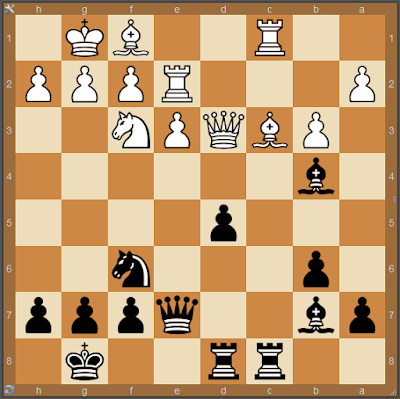Modeling combinations

The first six positions of my database of doom are perfectly solvable with the aid of PoP, LoA and Fun. This raises of course the question if this is going to help to build the cues I need. For this six position this is probably the case. I missed a few PoPs, and a few LoAs, and some Fun. I used some bad methods like capturing with the cheapest piece first without further thinking. Those methods will render themselves useless when confronted with the logic of PoPLoAFun, so within this very limited sample the answer to the question is a resounding yes. Time to enhance the sample. Today I did a few exercises in standard mode in stead of in blitz mode at CT. Those problems are higher rated. I found problems that are not covered by the PLF method (PoP LoA Fun). There are problems with other motifs, like the promotion motif and the assault motif, which are not covered by the three motifs of the PLF method. But besides that, the PLF method seems to work well. Albeit I have to learn a lot...










